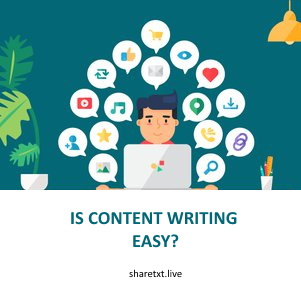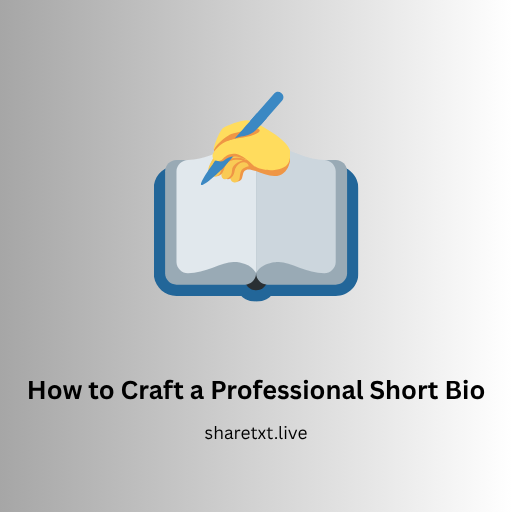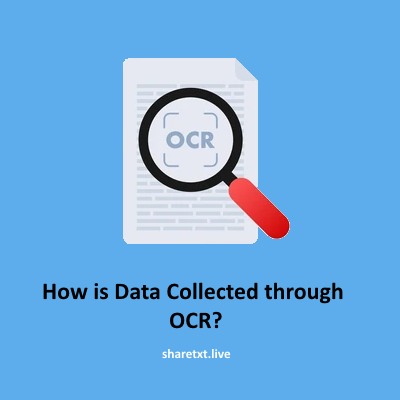In today's digital age, visual content is more important than ever. From social media posts to blog articles, the images, graphics, and videos we share online play a significant role in how our content is perceived and engaged. But with so much competition for attention, it's crucial to make sure the visual content you create and share is visually appealing.
So, how do you create and share visually appealing content that stands out and captures your audience's attention? In this post, we'll explore some tips and strategies for creating and sharing visually appealing content online. From choosing the right format to using eye-catching design elements and high-quality images, we'll cover the essential elements of creating and sharing visually appealing content.
Whether you're a content creator, business owner, or social media enthusiast, these tips will help you elevate your visual content and increase its reach and engagement. So, let's get started!
Choose the right format for your content
When it comes to creating and sharing visually appealing content online, choosing the right format is crucial. Different formats, such as images, graphics, and videos, can have different impacts on your audience and the way your content is perceived. Here are some tips for choosing the right format for your content:
- Images: Images are a classic and effective format for visual content. They can be used to illustrate a point, showcase a product or service, or simply add some visual interest to your content. When using images, be sure to choose high quality images that are relevant to your content and add value for your audience.
- Graphics: Graphics, such as charts, diagrams, and infographics, can be a great way to present information in a visually appealing and easy to understand way. They can be especially useful for breaking down complex concepts or data into more digestible pieces. When creating graphics, be sure to use clear and concise labeling and consider the overall design and layout.
- Videos: Video is a powerful format for visual content, and it can be especially effective for engaging your audience and conveying a message. When creating videos, consider the length, quality, and content of your video, as well as the format and platform you'll be using to share it.
It's important to choose the right format for your content based on your goals, audience, and the message you want to convey. Experiment with different formats and see what works best for you and your audience.
Use eye-catching design elements
Design elements, such as color, typography, and composition, play a crucial role in the visual appeal of your content. By using eye-catching design elements, you can grab the attention of your audience and make your content more engaging and memorable. Here are some tips for using eye-catching design elements in your visual content:
- Color: Color is a powerful tool for drawing attention and setting the mood of your content. When choosing colors for your visual content, consider the emotions and associations they evoke, as well as how they work together in the overall design. Be sure to use a limited color palette to keep your design cohesive and avoid overwhelming your audience.
- Typography: The typeface and font size you use in your visual content can have a big impact on its readability and overall aesthetic. Choose fonts that are easy to read and appropriate for the tone and style of your content. Pay attention to font hierarchy and use size, weight, and style to highlight important information and guide the viewer's eye.
- Composition: Composition refers to the way elements are arranged in your visual content. A well composed design can help draw the viewer's eye and guide them through the content. Consider the rule of thirds, leading lines, and negative space when composing your visual content.
By using eye-catching design elements in your visual content, you can make it more visually appealing and engaging for your audience. Experiment with different design elements and see what works best for your content and goals.
Use high-quality images and graphics
High-quality images and graphics are essential for creating visually appealing content. Whether you're using photographs, illustrations, or custom graphics, it's important to use images and graphics that are clear, well-composed, and relevant to your content. Here are some tips for using high-quality images and graphics in your visual content:
- Choose relevant and high quality images: When selecting images for your visual content, be sure to choose images that are relevant to your content and add value for your audience. Avoid using low quality or generic images, as they can detract from the overall appeal of your content. Instead, opt for high quality images that are well composed and visually appealing.
- Use custom graphics: In addition to using photographs, you can also create your own custom graphics using tools like Adobe Illustrator or Canva. Custom graphics can be a great way to add a unique touch to your visual content and ensure that it stands out. When creating custom graphics, be sure to consider the overall design and composition, as well as the relevance to your content.
- Optimize images and graphics for the web: When using images and graphics in your visual content, it's important to optimize them for the web. This means choosing the right file type and size to ensure that they load quickly and look sharp on different devices. Be sure to resize and compress images and graphics as needed, and consider using a tool like TinyPNG to optimize them further.
By using high-quality images and graphics in your visual content, you can make it more visually appealing and engaging for your audience. Take the time to select or create images and graphics that are relevant, high-quality, and optimized for the web.
Edit and optimize your visual content for the web
Editing and optimizing your visual content for the web is an important step in the process of creating and sharing visually appealing content. By making sure your images, graphics, and videos are properly edited and optimized, you can ensure that they look their best and load quickly on different devices and platforms. Here are some tips for editing and optimizing your visual content for the web:
- Image file types and sizes: When using images in your visual content, it's important to choose the right file type and size. JPEG and PNG are common file types for images, and each has its own benefits and drawbacks. JPEGs are generally smaller in file size and work well for photographs, while PNGs are larger in file size but support transparent backgrounds and higher resolutions. When choosing the size of your images, consider the resolution and dimensions of the devices and platforms you'll be using to share your content.
- Video file sizes and formats: When using video in your visual content, it's important to choose the right file size and format. File size is important because larger video files can take longer to load and may not play as smoothly on certain devices. To reduce the file size of your videos, you can use a tool like HandBrake to compress them. As for file formats, MP4 is a widely supported format that works well for most platforms.
- Edit and enhance your visual content: In addition to optimizing your visual content for the web, you should also take the time to edit and enhance it as needed. This may include cropping or resizing images, adjusting the lighting or contrast, or adding text or graphics to enhance the overall look and feel of your content. You can use tools like Adobe Photoshop or Canva to edit and enhance your visual content.
By editing and optimizing your visual content for the web, you can ensure that it looks its best and loads quickly on different devices and platforms. Take the time to properly edit and optimize your visual content, and it will pay off in terms of increased reach and engagement.
Use social media to your advantage
Social media is a powerful platform for sharing visual content, and it can be a great way to increase the reach and engagement of your content. By using social media effectively, you can make your visual content more discoverable and shareable, and connect with your audience in a more meaningful way. Here are some tips for using social media to your advantage when sharing visual content:
- Use the right dimensions and aspect ratios: Different social media platforms have different image dimensions and aspect ratios, and it's important to use the right ones to ensure that your visual content looks its best. For example, Instagram and Facebook use a square aspect ratio, while Twitter and LinkedIn use a rectangular aspect ratio. Be sure to check the recommended dimensions for each platform and adjust your images accordingly.
- Proper referencing using hashtags: Hashtags and tags are a great way to make your visual content more discoverable on social media. By adhering to proper citation, attribution, and referencing, or by using relevant hashtags and tagging relevant accounts, you can increase the chances that your content will be seen by a wider audience. Be sure to use a mix of popular and niche hashtags to maximize your reach and engagement.
- Engage with your audience: Social media is a two way conversation, and it's important to engage with your audience when sharing visual content. Encourage comments, likes, and shares by asking questions or posing prompts in your captions and replies to comments in a timely manner. By engaging with your audience, you can build a stronger connection and foster a sense of community around your content.
By using social media effectively, you can make your visual content more discoverable and shareable, and connect with your audience in a more meaningful way. Experiment with different strategies and see what works best for your content and goals.
Conclusion
Creating and sharing visually appealing content is an essential part of any online presence. By following the tips we've discussed in this post, you can elevate your visual content and increase its reach and engagement. From choosing the right format and using eye-catching design elements to using high-quality images and graphics and optimizing your visual content for the web, there are many ways to make your visual content stand out and capture your audience's attention.
Don't be afraid to experiment with different strategies and formats, and be sure to pay attention to the guidelines and recommendations of the platforms you're using to share your content. By taking the time to create and share visually appealing content, you can create a more compelling and engaging online presence for yourself or your business.










